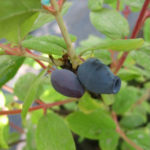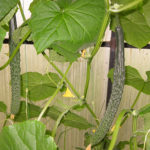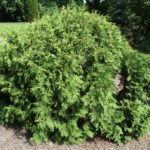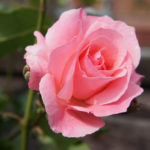Peony Henry Bockstoce
What flower can become the most important jewel of your garden? Many of you are probably thinking about a rose or, for example, hydrangea so popular today. However, a peony is quite suitable for this role. Especially when it comes to the Henry Bokstos variety, which amazes the imagination with the size and color of the buds.
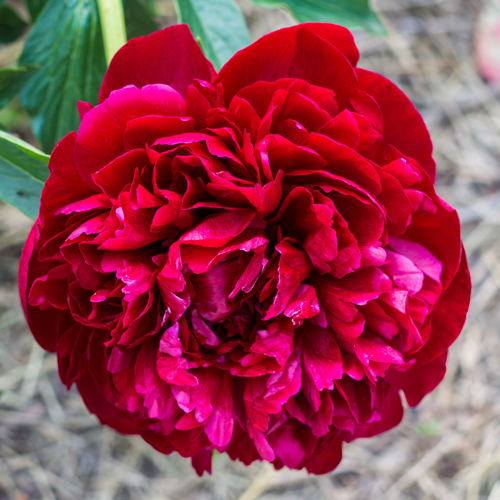
Creation history and description
The country of origin of the ornamental plant is Canada. The North American handsome Henry Bockstoce belongs to interspecific hybrids and is a versatile herbaceous variety. This is a representative of the category of terry peonies. It has thick and rather strong stems that can easily hold large flowers. Shoots are covered with light green leaves with a yellowish tint. The height of the plant is no more than a meter. Buds are formed one at a time on the tops of shoots that are not prone to branching.
The appearance of the flowers of the Canadian hybrid makes the heart swoon with delight. The flower heads are spherical and simply gigantic in size, reaching a diameter of 20-22 cm. The middle of a magnificent bud is pink-shaped, formed by tightly fitting petals. As the flower blooms, the extreme petals deviate from the central part. But truly luxurious inflorescences of the Henry Bokstos variety make a deep, rich dark red shade with pomegranate notes. Combined with the satin sheen of the wavy petals, it looks amazing! The plant blooms once, in the first half of summer. At this time, the peony spreads around a gentle fragrance.
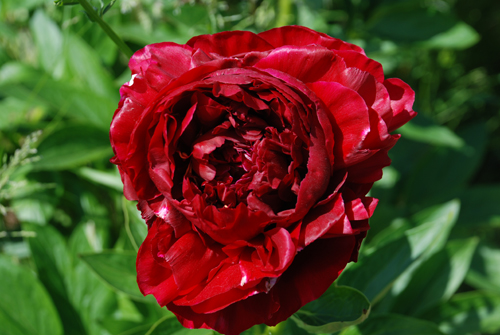
The hybrid has many other positive qualities. It is very resistant to cold weather, does not die at -40 ° C, and to common diseases. A garter for strong plant stems is not required, but some growers still play it safe and resort to this method, protecting flowering shoots from the harmful effects of winds.
Features of cultivation and care
A crop requires a lot of sunlight to bloom well. Henry Bokstos grows well in partial shade conditions. Choose a draft-free location for the hybrid. However, it is better not to place it near buildings, otherwise the spring drops will harm the awakening sprouts.
Planting Henry Bockstoce is recommended in loamy soil with good drainage. At the bottom of the hole, in addition to expanded clay or perlite, a layer of mineral fertilizers is also placed. Peat does not tolerate a flower, since it significantly increases the acidity of the soil, and the plant prefers a substrate with a neutral reaction. At the end of planting, the peony requires abundant watering.
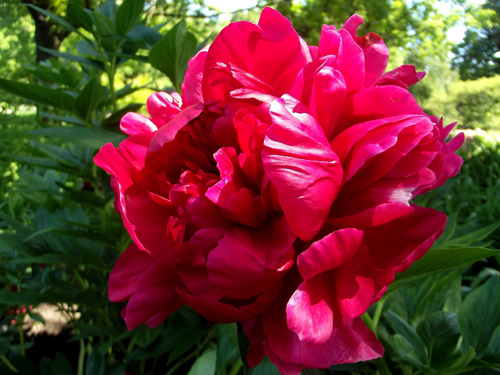
Crop care consists in regular activities such as moistening the soil, weeding, feeding, loosening. Water the flower as often as necessary to maintain the soil in a moderate moisture state. It is better not to allow the soil to dry out, although the plant will be distinguished by sufficient drought resistance. Several buckets of settled water are consumed per bush. During flowering, they adhere to an enhanced water supply regime. Loosening of the soil is carried out with care and accuracy. Then the soil is mulched with dried grass.
Henry Bokstos needs feeding already in the first year of his life. In the spring, organic or complete mineral fertilizers are used for this purpose. When the buds are tied on the plant, a phosphorus-potassium concentrate is added under the bush. Do the same after flowering.
Pruning should be carried out during the preparation of the plant for winter, that is, in the fall season. The signal for the implementation of this event is the lodging of the shoots. Cut off the stems of the plant, leaving a small stump. There is no need to cover the peony: snow serves as a heater for the culture in winter.
Use cases
Henry Bokstos looks spectacular in a variety of plantings: single, group, in flower beds, as part of mixborders. It can be planted near the gazebo or against the backdrop of a lush green lawn. The combination of a charming peony with low conifers: dwarf pines or junipers, for example, turns out to be unusual and attractive. The bright buds of Henry Bockstoce are often used to form bouquets, since these fragrant flowers last for a very long time without losing their shape and freshness in water.
